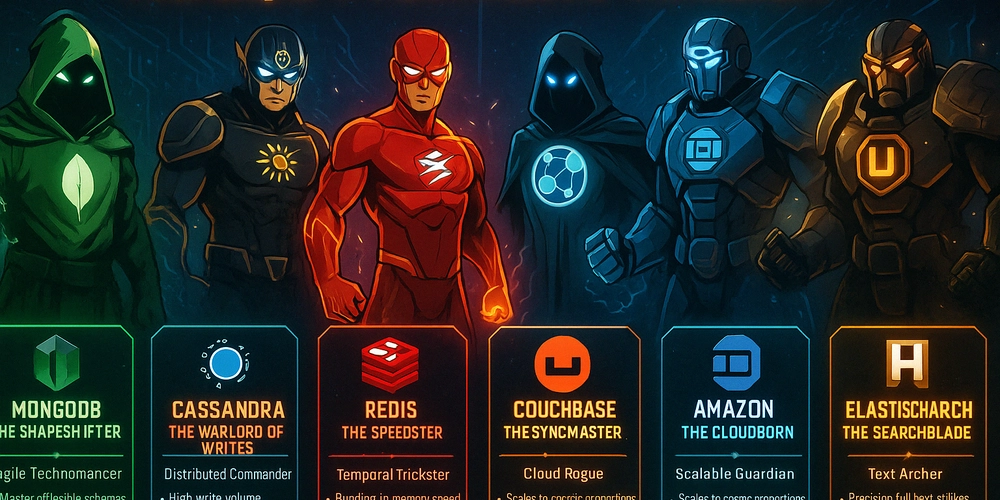
Understand the Cyber Kill Chain: Enhance Your Cybersecurity Strategy
Cybersecurity isn't just about reacting to attacks; it's about understanding how they unfold and stopping them before they cause damage. The Cyber Kill Chain, introduced by Lockheed Martin, is a blueprint for understanding attacker behavior. This framework allows cybersecurity professionals to anticipate and disrupt attacks at each stage. By understanding the kill chain methodology, organizations can dramatically improve their overall security posture.
What is the Cyber Kill Chain, and Why Should You Care?
The Cyber Kill Chain provides a seven-step framework for analyzing cyberattacks. Think of it as a roadmap of an attacker's journey, from initial reconnaissance to achieving their objective. By understanding each step, security teams can implement targeted defenses and proactively mitigate risk. This proactive approach strengthens security and helps minimize potential damage from a successful attack.
The 7 Stages of a Cyber Attack: Breaking Down the Kill Chain
The Cyber Kill Chain consists of seven distinct stages, each representing a critical step in a cyberattack. Let's examine each one:
- Reconnaissance: Gathering information about the target. This could include identifying vulnerabilities, mapping networks, and researching employees.
- Weaponization: Creating a malicious payload. This may involve combining an exploit with a backdoor for remote access.
- Delivery: Transmitting the weaponized payload to the target. Common methods include phishing emails, malicious websites, or infected USB drives.
- Exploitation: Gaining unauthorized access by exploiting a vulnerability. This could be a software flaw, a misconfiguration, or a human error.
- Installation: Installing malware on the compromised system. This ensures persistent access for the attacker.
- Command & Control (C2): Establishing remote control over the compromised system. The attacker can now issue commands and exfiltrate data.
- Actions on Objectives: Achieving the attacker's goal. This could include data theft, service disruption, or lateral movement to other systems.
Benefits of Using the Cyber Kill Chain Model for Incident Response
- Improved Threat Analysis: Provides a structured method for analyzing attacks.
- Enhanced Detection: Helps identify attacker activity at various stages.
- Proactive Defense: Enables preemptive measures to disrupt attacks.
- Better Communication: Facilitates clear communication among security teams.
- Strategic Alignment: Align security measures with business objectives.
Where the Cyber Kill Chain Model Falls Short: Limitations to Consider
While valuable, the Cyber Kill Chain isn't a perfect solution. Its limitations include:
- Perimeter-Centric Focus: Primarily focuses on external threats, neglecting insider threats.
- Linearity Assumption: Assumes a sequential attack progression, which isn't always the case.
- Limited Scope: May not fully address modern attacks like social engineering or zero-day exploits.
Cyber Kill Chain vs. MITRE ATT&CK Framework: Choosing the Right Approach
The MITRE ATT&CK framework offers a more detailed and flexible view of attacker tactics and techniques. While the Cyber Kill Chain provides a high-level overview, MITRE ATT&CK catalogs real-world observed behaviors, offering detailed guidance for detection and threat hunting. Using them together provides a more comprehensive understanding of the threat landscape.
- Cyber Kill Chain: Strategic, high-level, focused on the attacker's goals.
- MITRE ATT&CK: Tactical, detailed, focused on specific attacker techniques.
Building a Robust Defense with the Kill Chain Methodology
The Cyber Kill Chain is a valuable tool for understanding attacker behavior and strengthening cybersecurity defenses. While it's not a standalone solution, combining it with other frameworks like MITRE ATT&CK helps create a more robust and adaptive security posture. By understanding how attackers operate, organizations can stay one step ahead and effectively protect their assets. Understanding the seven stages of a cyber attack, and incorporating kill chain analysis into detection and incident response, will improve organizational resilience to cyber threats.























